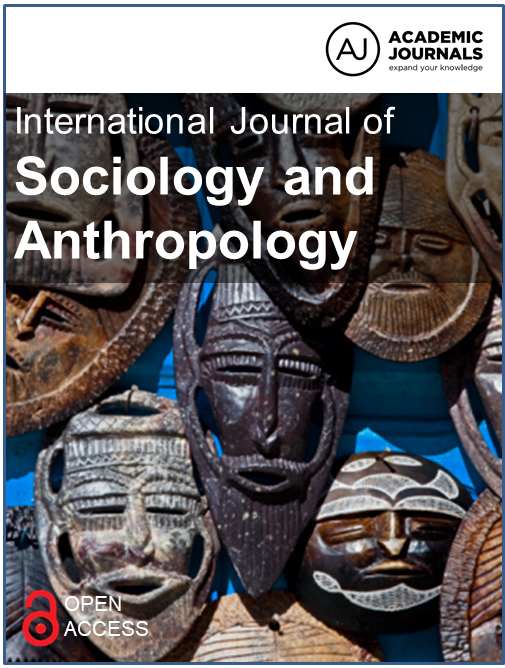Subscribe to keep up to date with the latest research, resources, news and events from The Deck.
You can also sign up to Q Shelter’s monthly newsletter, Home Matters.

Gabriel Julien
Street children are habitually depicted in a purely negative manner, often described as indigent, penurious, and impecunious individuals who roam the streets in search of a livelihood. Their world is demoralizing, disheartening, disenchanting and their future appears formidable and arduous as they are frequently rejected, scorned and despised by society. However, it’s important to recognize that they are normal human beings who, due to challenging circumstances, find themselves homeless. Identifying a singular reason for their homelessness is complex.
This paper does not cast aspersions but seeks to ascertain whether some of these children can be rehabilitated through inclusive education. Inclusion entails all children studying in the same classrooms and being provided with learning opportunities to enhance their abilities. Although inclusion is a lifelong and challenging process, it is instructional and edifying, and it may potentially rehabilitate street children. How feasible is this for street children? Can inclusive education truly rehabilitate them? Even if it does, the stigmatization of street children often leaves a lasting scar, presenting a significant paradox.
This non-empirical research reveals that rehabilitating street children is extremely complex and seemingly impossible. Nevertheless, some children may desire a different lifestyle, offering hope and optimism for rehabilitation efforts.